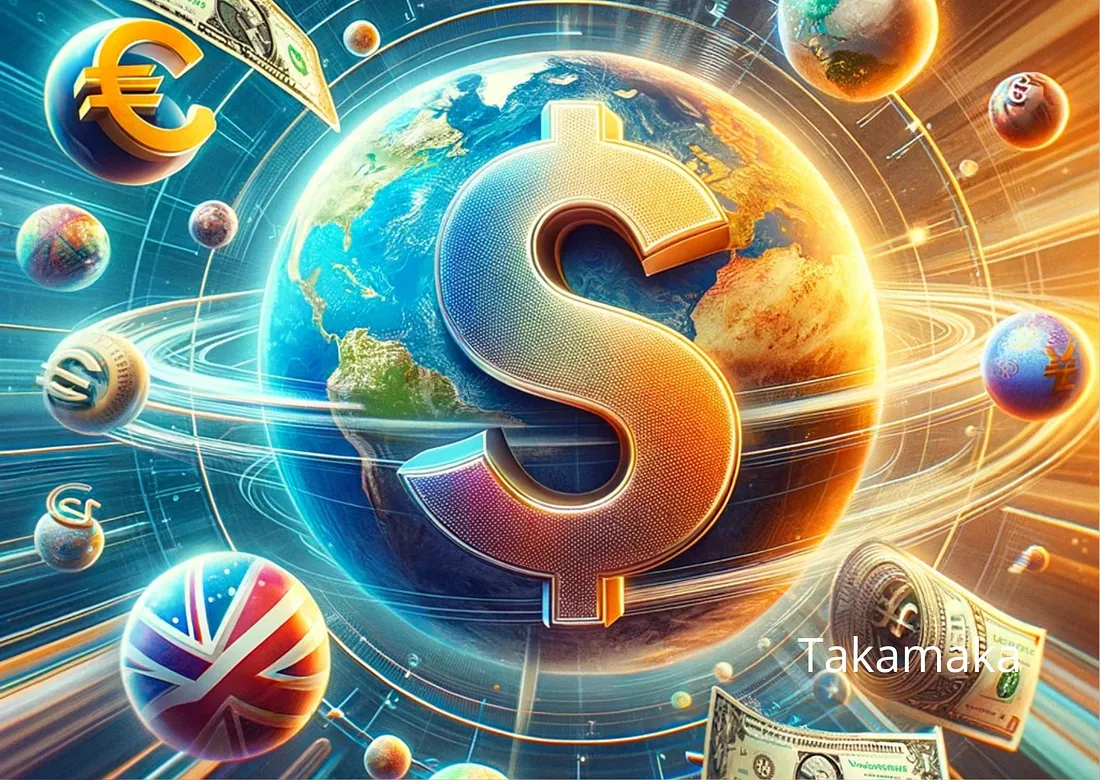In a rapidly evolving financial world, the introduction of a rating system by S&P Global Ratings for major global stablecoins marks a significant step. The agency has assigned scores to coins such as Tether (USDT), which are surprisingly low, raising crucial questions about the methodology and impact of such evaluations in the cryptocurrency sector.
Rif. https://press.spglobal.com/2023-12-12-S-P-Global-Ratings-Launches-Stablecoin-Stability-Assessment

S&P evaluated stablecoins pegged to the US dollar value, including Dai (DAI), First Digital USD (FDUSD), Frax (FRAX), Gemini Dollar (GUSD), Pax Dollar (USDP), Tether (USDT), True USD (TUSD), and USD Coin (USDC). None of these reached the maximum score, with GUSD, USDP, and USDC rated as “strong,” and USDT and DAI classified as “moderate.” Such classifications lead to questions about the actual ability of a traditional agency to provide objective evaluations of innovative financial products like stablecoins.
The question naturally arises: can these evaluations reflect the complex and dynamic reality of cryptocurrencies? For instance, USDT, despite being labeled as less reliable, remains one of the most used and reliable stablecoins in the market. Conversely, USDC, considered reliable, has recently lost its peg to the dollar, raising doubts about the consistency of S&P’s ratings.
Circle Internet Financial’s USDC stablecoin massively depegged from its intended $1 price — a harrowing development for a product designed as a place for investors to safely park money. The USDC/USDT pair (which tracks Circle’s coin versus the bigger one issued by Tether) sank as low as 87 cents on the Kraken exchange at 07:16 UTC on Saturday — far lower than it ever got amid the market stresses that followed the FTX debacle in November. It was back around 94 cents as of 18:07 UTC. — Date: 2023/03/11
Therefore, caution must be exercised in accepting such recommendations. All stablecoins carry a certain degree of risk and cannot be considered completely reliable. In this scenario, USDT emerges as a more reliable option compared to others, despite the ratings.
The security of Stablecoins in the financial world: the case of TKR and the approach of S&P Global Ratings
In addition to these considerations, it is important to compare the stablecoins rated by S&P with examples of fully regulated stablecoins, such as the Takamaka Red Token (TKR), which operates within a strict regulatory framework in Switzerland. Unlike non-custodial stablecoins like DAI, TKR represents a “custodial” stablecoin example, where collateral assets such as fiat currencies are held by an issuer offering digital tokens. These tokens are directly redeemable off-chain, with a value guaranteed by the issuing company in a 1:1 ratio.
The case of TKR highlights the importance of clear governance and a solid regulatory framework. Custodial stablecoins can offer greater security and stability, especially when supported by financial laws and regulations, as is the case in Switzerland.
While the evaluations by S&P Global Ratings can provide guidance, investors and cryptocurrency users should exercise critical and independent analysis. It is essential to evaluate stablecoins based on their structure, governance, and regulatory framework. In this context, exploring regulated options like the Takamaka Red Token might offer a safer and more reliable pathway for cryptocurrency investments.
For more information on TKR and its regulatory framework, click here.
For more details, please visit Takamaka.io

